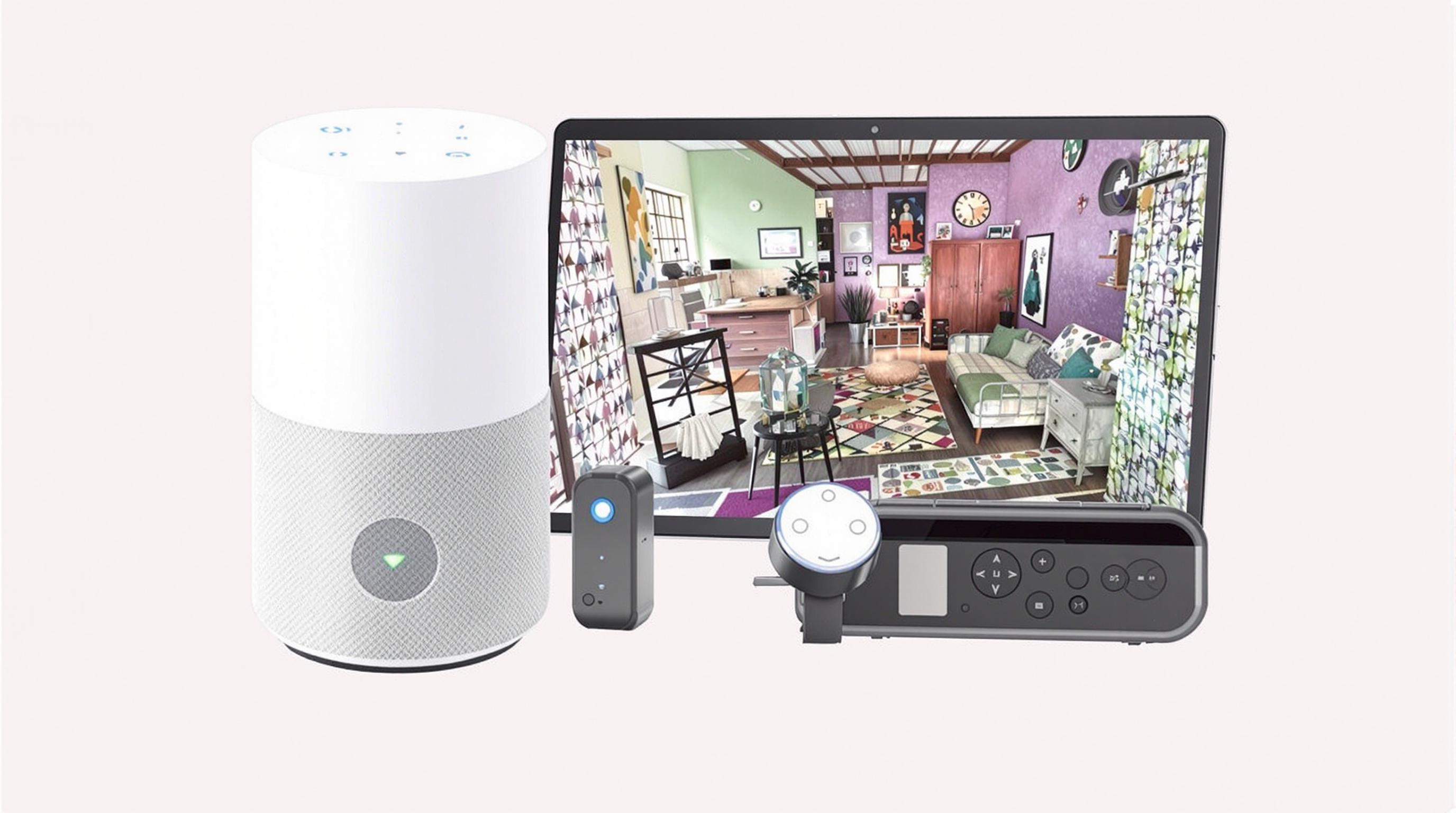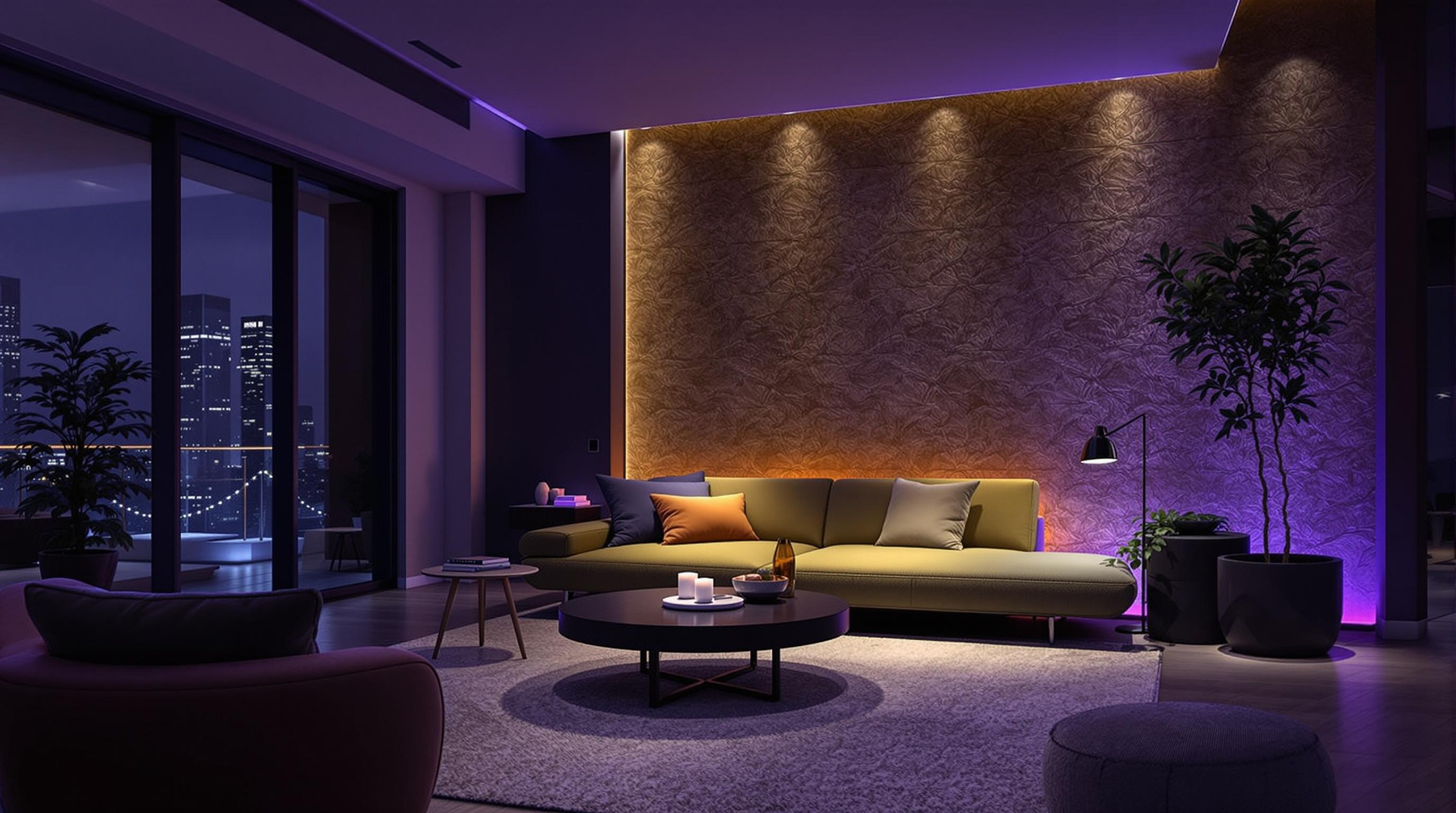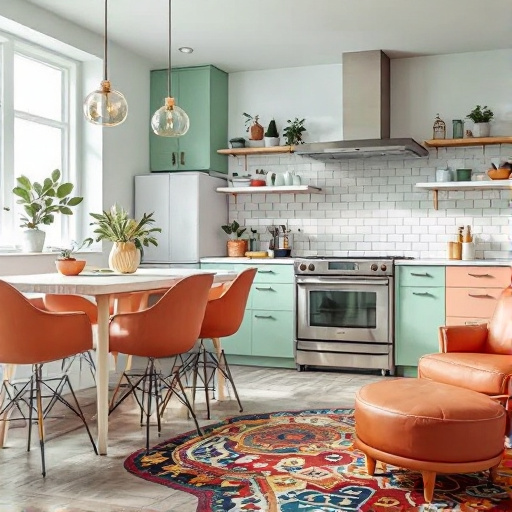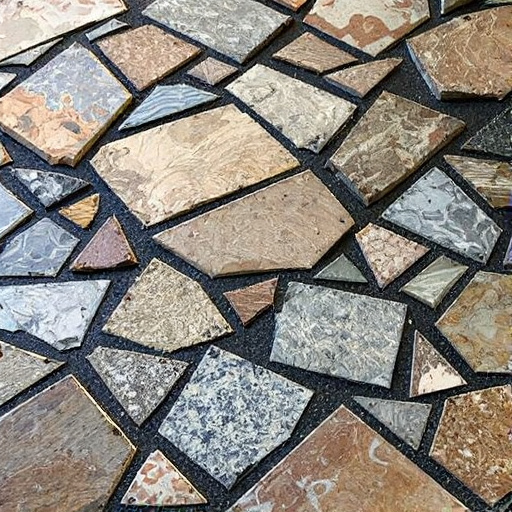Featured Articles
- Could Your Home's Feng Shui Be Affecting Your Renovation Success? Unlock the Hidden Energy Forces!
- "Eco-Remodeling: Unusual Materials Transforming Home Renovation in Sustainable Ways"
- Revamping the Past: How Retro Home Improvement Trends are Making a Comeback in Modern Design
- "Reviving Retro: How Vintage Home Products Are Making a Bold Comeback in Modern Makeovers"
- The Rise of Biophilic Design: Transforming Homes into Natural Retreats for Mental Wellness
The Rise of Biophilic Design: Transforming Homes into Natural Retreats for Mental Wellness
The Rise of Biophilic Design: Transforming Homes into Natural Retreats for Mental Wellness
Biophilic design is revolutionizing how we think about our living spaces, turning homes into serene environments that promote mental wellness and emotional well-being. By incorporating natural elements, this design philosophy not only enhances aesthetics but also improves the psychological health of its inhabitants.
The Concept of Biophilia
Before diving into the how and what, let's understand the meaning of biophilia. Coined by psychologist Erich Fromm in the 1970s and later popularized by biologist Edward O. Wilson, biophilia refers to the innate human affinity for nature and natural systems. According to a study published in the Journal of Environmental Psychology, engaging with nature can lead to increased levels of happiness and reduced levels of stress.
A Growing Movement
In an age marked by rapidly escalating urbanization, with over 55% of the global population residing in urban areas as of 2020 (United Nations), biophilic design emerges as a counterbalance to the concrete jungles in which people often find themselves suffocated. This movement is not only about adding a few plants to your living room; it's about creating environments that resonate with nature and foster emotional connections. Interestingly, studies show that views of nature can result in up to 20% higher recovery rates in hospital patients (Ulrich et al., 1991).
Statistics Worth Noting
Here are some jaw-dropping statistics about biophilic design:
- According to a report from the World Health Organization, mental disorders will overtake physical conditions as the leading cause of disability worldwide by 2030.
- A study by the University of Queensland found that workplaces designed with biophilic elements led to a 13% increase in employee well-being.
- Research indicates that exposure to natural environments, even virtual ones, can improve attention span by up to 20% (Berman et al., 2008).
Key Elements of Biophilic Design
At its core, biophilic design integrates five key elements: environmental features, natural shapes and forms, natural materials, indirect nature, and the use of light and space.
1. Environmental Features
Water features like fountains or small indoor waterfalls can add a layer of tranquility to living spaces. The sound of trickling water has been found to reduce anxiety levels significantly, so why not create a mini oasis right in your home?
2. Natural Shapes and Forms
Incorporating curves and organic shapes into architecture and décor is another way to root homes in the natural world. Think about soft, flowing lines rather than harsh angles, which can feel more like a comforting embrace than an intimidating fortress.
3. Natural Materials
Using materials like wood, stone, and natural fabrics can deepen your connection to the environment. Consider a kitchen with reclaimed wood cabinets or a living room dressed in linen curtains—each touch speaks to sustainability while fostering well-being.
4. Indirect Nature
Even if you can't bring the outdoors inside entirely, incorporating art that depicts nature can have a placebo effect. For instance, a beautiful landscape painting or a nature-themed mural can evoke feelings similar to those experienced when out in the wild.
5. Light and Space
Natural light can do wonders for mood. Studies have shown that exposure to sunlight increases serotonin production, enhancing mood and focus. When designing or redecorating a space, consider larger windows or skylights to maximize this natural resource.
Case Studies
To understand the impactful nature of biophilic design, we can look into some real-life examples. The Edge, an office building in Amsterdam, is often cited as one of the greenest buildings in the world. With extensive green spaces, it provides a workspace that is both stimulating and soothing, showing a 28% increase in productivity among employees.
Another notable example is the Bosco Verticale (Vertical Forest) in Milan, Italy. This is a pair of residential towers that have over 9,000 trees integrated into their structure, contributing not only to aesthetics but also to a significant reduction in air pollution and energy consumption.
Benefits for Mental Wellness
You may wonder: What's the big deal? Why should I invest in biophilic design? Well, here are some incredible perks:
- Reduced Stress Levels: Natural surroundings can lower cortisol levels, which is directly linked to stress. A simple walk in the park can suffice, but surrounding yourself with nature at home has compounding benefits.
- Enhanced Creativity: Alleviating mental fatigue enables clearer thinking and greater creativity. Try putting your ideas on paper while gazing at a plant—who knows what might blossom?
- Improved Physical Wellness: Healthy minds contribute to resilient bodies. Biophilic designs that promote movement, like outdoor pathways, push us toward active lifestyles.
Implementing Biophilic Design in Your Home
So, how can you introduce these principles into your own sanctuary? Here are some practical tips:
1. Start Small
If you’re not ready to overhaul your home, start by adding small indoor plants. Plants like pothos, snake plants, or succulents are low-maintenance and can breathe life into your space.
2. Create Zones
Whether it be a meditation nook by the window or a reading corner bathed in sunlight, designate areas of your home that encourage mindfulness and relaxation.
3. Use Natural Colors
Colors found in nature—earthy tones like greens, browns, and soft blues—can foster a tranquil environment. Repaint those drab walls to mimic serene natural landscapes.
4. Optimize Your Space
Consider your home layout; maximizing natural light and views of nature can elevate your space. Keep windows clear and invest in lighter, more flowing window treatments to let the light in.
Conclusion
As we strive for mental wellness in this ever-connected world, the rise of biophilic design provides a meaningful way to reconnect with nature. The key takeaway? Embracing natural designs isn't just an aesthetic choice; it’s an investment in your mental and emotional health. If our homes can serve as sanctuaries that resonate with nature, what better way to craft a life that nourishes not just the body, but the soul as well?
A Final Thought
Whether you’re an 18-year-old college student or a 70-year-old grandparent, there’s no age limit on the pursuit of wellness. Biophilic design is versatile, adaptable, and above all, healing. So why wait? Go green, grow your well-being, and embrace the natural world within your very own four walls. After all, who wouldn’t want to live in a home that nurtures body and mind?




